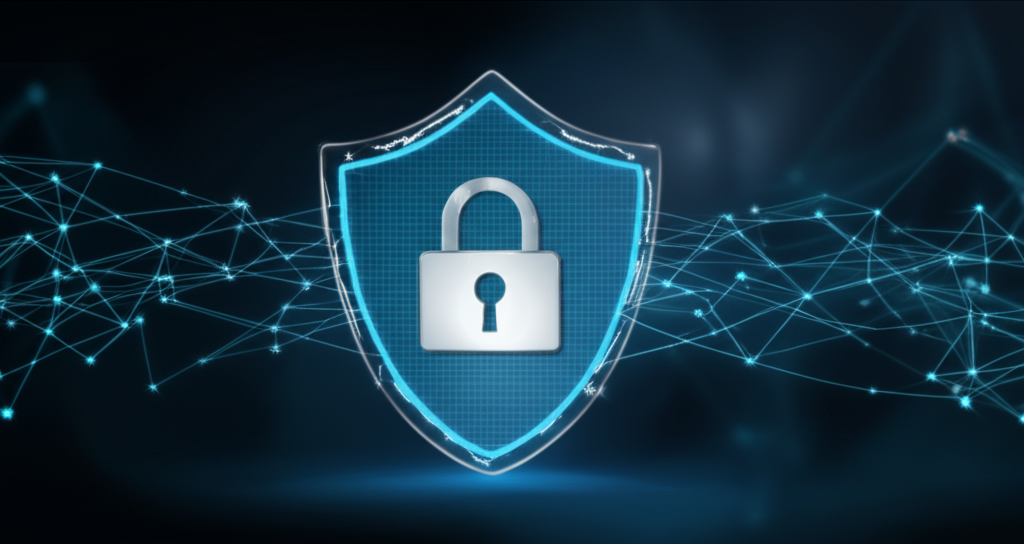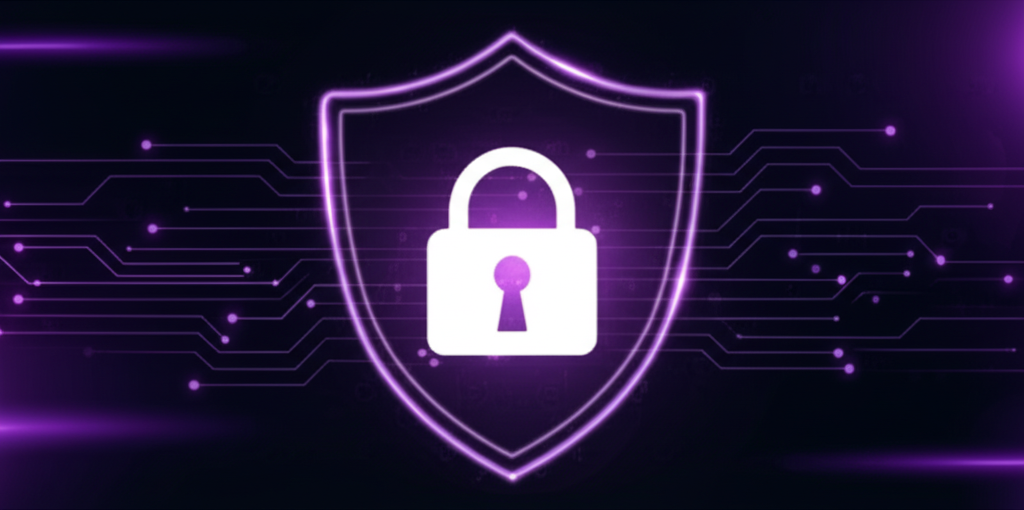Affordable and effective security measures that go beyond password managers and antivirus software.
Small businesses face a cybersecurity paradox: they're increasingly targeted by attackers yet often lack the resources for robust security programs. At TacticDev, we've developed practical approaches that help small organizations significantly improve their security posture without enterprise-level budgets or dedicated security teams.
The Evolving Threat Landscape for Small Businesses
The cybersecurity landscape for small businesses has changed dramatically:
- Targeted attacks: Criminals now specifically target smaller organizations, seeing them as vulnerable entry points to larger supply chains
- Ransomware-as-a-service: Lowered technical barriers have expanded the pool of potential attackers
- Automated scanning: Continuous probing for vulnerabilities happens regardless of company size
- Supply chain requirements: Larger partners increasingly require security assessments from smaller vendors
- Regulatory expansion: Privacy and security regulations now affect businesses of all sizes
Understanding these shifts is essential for prioritizing limited security resources effectively.
Beyond the Basics: A Layered Security Approach
While fundamentals like strong passwords and updated software remain important, truly effective small business security requires a more comprehensive approach:
1. Risk-Based Security Planning
Rather than trying to implement every possible security control, focus on your specific risk profile:
- Identify crown jewels: Determine what data and systems would cause the most damage if compromised
- Threat modeling: Consider who might target your business and how they would attack
- Vulnerability assessment: Identify your most significant security weaknesses
- Risk prioritization: Focus resources on addressing high-impact, high-likelihood risks first
A small manufacturing company we advised discovered that their custom machine control systems—not their customer data—represented their greatest vulnerability and adjusted their security investments accordingly.
2. Human-Centric Security
Your team remains both your greatest vulnerability and your strongest defense:
- Security awareness: Regular, engaging training focused on relevant threats
- Phishing simulations: Realistic exercises that improve detection skills
- Clear procedures: Simple processes for reporting suspicious activities
- Security champions: Designated team members who promote security practices
One retail client reduced successful phishing attempts by 86% through monthly micro-training sessions (less than 10 minutes each) focused on current threat patterns.
3. Identity and Access Management
Controlling who can access what is fundamental to security:
- Multi-factor authentication (MFA): Implement for all accounts, especially email and financial systems
- Least privilege: Grant only the access needed for each role
- Regular access reviews: Periodically verify that access rights remain appropriate
- Offboarding procedures: Ensure prompt removal of access when someone leaves
A professional services firm discovered during an access review that 17 former contractors still had active access to their systems—a common finding in small businesses without formalized offboarding processes.
4. Endpoint Protection
Secure the devices that connect to your systems:
- Modern endpoint protection: Solutions that go beyond traditional antivirus
- Device encryption: Especially for mobile devices and laptops
- Application control: Limiting what software can run on company devices
- Patch management: Systematic updates for operating systems and applications
For businesses with limited IT support, we often recommend cloud-managed endpoint solutions that provide centralized visibility and management without requiring on-premises infrastructure.
5. Network Security
Even small networks need proper segmentation and monitoring:
- Business/guest separation: Isolate business systems from guest networks
- IoT segmentation: Separate potentially vulnerable IoT devices
- Cloud security: Proper configuration of cloud services and applications
- VPN usage: Secure connections for remote work
A restaurant client dramatically reduced their attack surface by moving their point-of-sale system to a separate network segment from their customer WiFi—a simple change with significant security benefits.
6. Data Protection
Protecting your critical information requires multiple layers:
- Data inventory: Know what sensitive data you have and where it resides
- Encryption: Protect data both in transit and at rest
- Backup strategy: Follow the 3-2-1 rule (3 copies, 2 different media, 1 offsite)
- Data minimization: Only collect and retain what you actually need
A small healthcare provider implemented an automated backup system with encryption after a ransomware scare—an investment that paid for itself when they experienced an actual attack six months later.
7. Incident Response Planning
Preparation for security incidents is essential:
- Basic response plan: Document who does what during an incident
- Key contacts: Maintain updated information for technical and legal help
- Regular testing: Practice your response to common scenarios
- Recovery procedures: Document steps to restore systems and data
A small law firm successfully recovered from a ransomware attack in less than 24 hours because they had practiced their response plan quarterly—compared to the industry average of 21 days of disruption.
Implementing Security on a Budget
Cost-effective approaches to implementing these security layers include:
1. Leverage Cloud Security Services
Cloud providers offer security capabilities that were once available only to enterprises:
- Security features: Many platforms include basic security tools at no additional cost
- Managed security: Providers handle many security tasks automatically
- Scalable solutions: Pay only for what you need as you grow
- Reduced infrastructure: Less on-premises equipment to secure and maintain
A retail business reduced both costs and security incidents by moving from an on-premises server to a properly configured cloud environment with built-in security features.
2. Open Source and Free Tools
Numerous high-quality security tools are available at no cost:
- Vulnerability scanners: Tools like OpenVAS for identifying weaknesses
- Network monitoring: Solutions like Zeek for network visibility
- Security training: Resources like the SANS Awareness materials
- Encryption tools: Open-source options for protecting sensitive data
A nonprofit organization implemented a comprehensive security monitoring solution using entirely open-source tools, achieving enterprise-grade visibility with minimal investment.
3. Security Frameworks for Small Business
Adapt enterprise frameworks to fit your scale:
- CIS Controls Small Business Implementation Guide: Prioritized security controls for resource-constrained organizations
- NIST Small Business Cybersecurity Corner: Practical guidance and tools
- UK Cyber Essentials: Basic controls that prevent most common attacks
- Australia's Essential Eight: Focused controls that address major threats
A manufacturing company used the CIS Controls as a roadmap, implementing one control per month over 18 months to gradually build their security program without overwhelming their team.
4. Managed Security Services
Outsource security functions that require specialized expertise:
- Managed detection and response (MDR): 24/7 monitoring and threat hunting
- Virtual CISO services: Part-time security leadership and guidance
- Penetration testing: Periodic assessment of security vulnerabilities
- Security awareness training: Professionally developed training programs
A law firm with 15 employees found that a virtual CISO service (8 hours monthly) provided the strategic guidance they needed at a fraction of the cost of a full-time security leader.
Case Study: A Practical Security Transformation
A small engineering firm with 25 employees and no dedicated IT staff significantly improved their security posture over six months with minimal investment:
- Risk assessment: Identified customer designs and financial systems as critical assets
- Quick wins: Implemented MFA, endpoint protection, and automated backups
- Process improvements: Developed simple security policies and incident response procedures
- Technical controls: Segmented their network and implemented basic monitoring
- Ongoing management: Established quarterly security reviews and annual testing
Total investment: Less than $15,000 in technology and consulting, with approximately 4 hours per week of internal time.
Result: Successfully passed a security assessment required by a major new client, enabling a contract worth over $500,000 annually.
Measuring Security Effectiveness
How do you know if your security investments are working? Focus on these metrics:
- Time to detect: How quickly you identify potential security issues
- Time to respond: How rapidly you address identified problems
- Coverage percentage: What portion of your assets are protected by key controls
- User reporting rate: How often team members report suspicious activities
- Third-party assessment results: How you perform on external security evaluations
One retail client tracks their "phish reporting rate" as their primary security metric, finding it correlates strongly with overall security awareness and incident prevention.
Conclusion: Security as Business Enabler
For small businesses, effective cybersecurity isn't just about preventing breaches—it's increasingly a business requirement and competitive advantage. Customers, partners, and regulators expect security regardless of organization size.
By taking a risk-based, layered approach focused on practical controls, small businesses can achieve meaningful security improvements without enterprise budgets or dedicated security teams.
At SecLevelAlpha, we believe that effective security should be accessible to organizations of all sizes. Through TacticDev, we're committed to developing and sharing approaches that make robust cybersecurity achievable for small and mid-sized businesses.
Remember: The goal isn't perfect security—it's appropriate security that protects your most important assets while enabling your business to thrive.
Tyler Hill
Contributor at SecLevelAlpha



